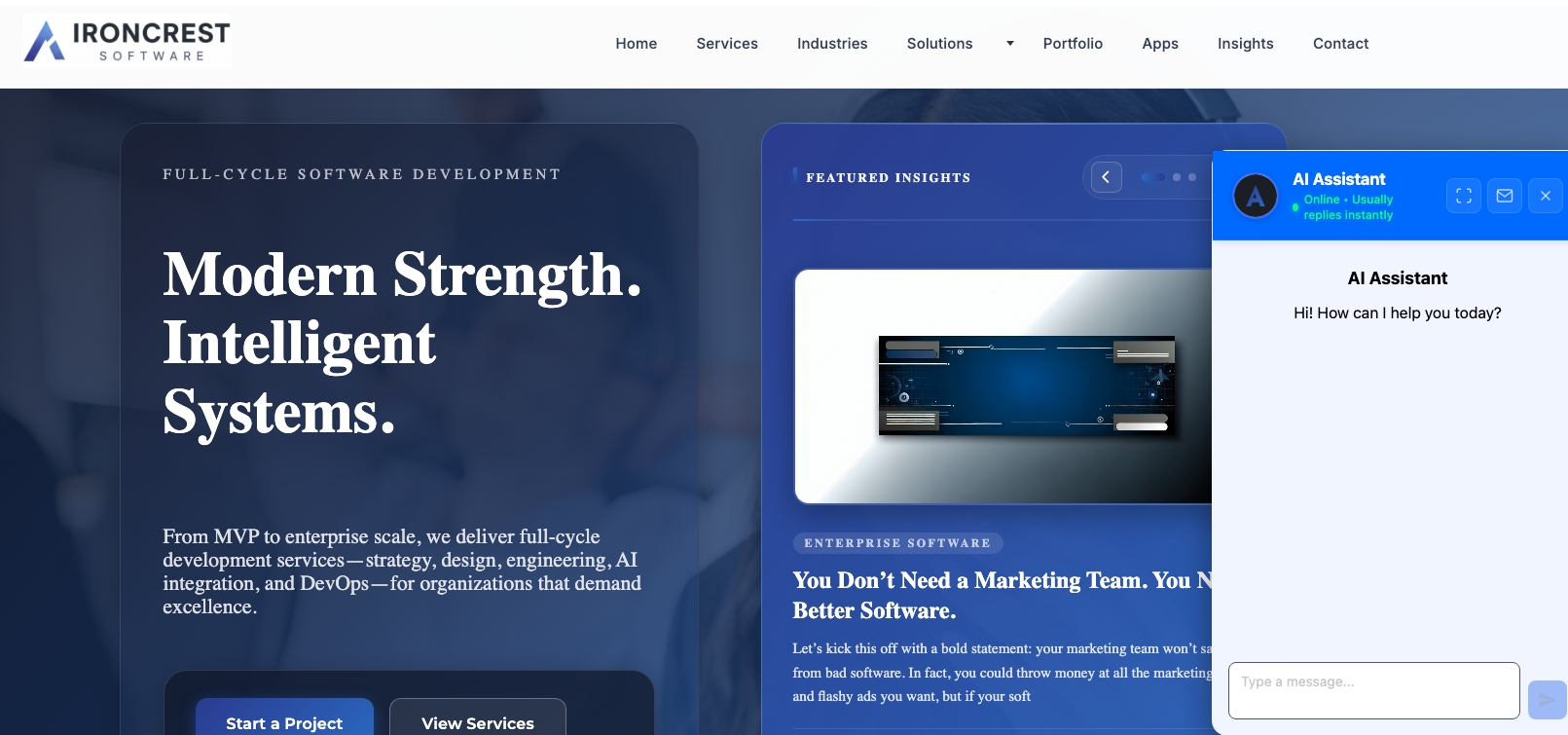The Life of an iOS App Developer: Why It Matters to Your Bottom Line
Did you know that in 2023, there were over 1.5 million apps available on the App Store? That’s a staggering number, and it speaks volumes about the competitive landscape we’re navigating as iOS ap

Did you know that in 2023, there were over 1.5 million apps available on the App Store? That’s a staggering number, and it speaks volumes about the competitive landscape we’re navigating as iOS app developers. As someone who's been in this game for over 15 years, I've seen how critical it is for companies to nail their app development strategy—not just to stand out but also to drive ROI.
Let’s break down what life as an iOS app developer really looks like and why you, as a CTO, should care.
It’s More Than Just Coding: Understanding User Needs
When you think of app development, you might picture a coder hunched over a laptop, cranking out lines of Swift code. While that’s definitely part of it, the real magic happens when we shift our focus to user experience (UX).
In my experience, the best apps solve real problems. For example, a client of mine in the healthcare sector wanted to create an app to simplify patient management. By conducting user interviews and usability tests early in the process, we identified key pain points that led to a 40% increase in user adoption after launch. That’s not just a number; that’s the kind of business value that can make or break a project.
Why Should You Care?
Understanding user needs upfront can save you from costly redesigns down the road. Companies that invest in UX research typically see a return of $100 for every dollar spent on UX—a 10,000% ROI. If that doesn’t make you sit up and take notice, I’m not sure what will.
Collaborating with Cross-Functional Teams
Another aspect of the developer’s life is collaborating with designers, product managers, and even marketing teams. It’s not just about writing code; it’s about building a product that aligns with business objectives.
I once worked on an enterprise app for a Fortune 500 client where we had engineers, designers, and marketers in the same room for brainstorming sessions. This collaboration led to a 30% faster deployment timeline because we tackled potential roadblocks before they became issues.
What’s the ROI?
By breaking down silos and encouraging open communication, companies can reduce time-to-market and ultimately capture revenue sooner. A faster deployment translates to earlier customer feedback, which can improve your app's performance and user satisfaction—key drivers of long-term revenue growth.
Continuous Learning and Adapting to Technology
As an iOS developer, staying updated with the latest changes in tools and frameworks is crucial. Apple rolls out updates regularly, and new libraries pop up all the time. For instance, Swift has evolved significantly, and using the latest features can mean the difference between a sluggish app and a lightning-fast one.
In a recent project, we integrated SwiftUI, which allowed us to build UI components with less code. We reduced development time by 25%, which allowed us to allocate resources more efficiently.
Why’s This Important?
Investing in the latest technology doesn’t just make your app better; it can also lead to significant cost savings. By reducing development time and improving performance, you’re not just getting a slick app; you’re also maximizing your budget.
Debugging: The Unsung Hero of App Development
Debugging is an inevitable part of an iOS developer’s life, and it’s often seen as a headache. However, it’s also a critical step that can save you money in the long run. A robust debugging process can prevent app crashes and performance issues that lead to user frustration.
I once led a team that spent an extra two weeks debugging an enterprise app before launch. While it felt like an inconvenience at the time, we avoided a potentially disastrous launch that could’ve resulted in customer churn.
The ROI of Debugging
Preventing crashes not only saves you from immediate fixes but also protects your brand reputation. In fact, a study found that 70% of users abandon apps after a single crash. Keeping your app stable can lead to higher retention rates and lower acquisition costs, which is crucial for your bottom line.
The Final Touch: Launch and Feedback
Finally, after all the coding, collaboration, and debugging, there comes the moment of truth—the launch. But the work doesn’t stop there. Gathering feedback and monitoring performance should be part of your ongoing strategy.
In the past, I’ve seen companies that take user feedback seriously improve their app ratings significantly. One client saw a 50% increase in positive reviews after implementing user suggestions, which led to a boost in downloads and revenue.
Why This Matters to You
A proactive approach to app management can keep your app relevant and profitable. Companies that actively engage with user feedback tend to outperform their competitors. This isn’t just a nice-to-have; it’s an essential part of maintaining a competitive edge in a crowded market.
Ready to Transform Your App Strategy?
If you’re looking to dive into iOS app development, remember that it’s not just about coding; it’s about understanding users, collaborating effectively, and continuously adapting to new technologies.
At IRONCREST Software, we specialize in turning your app development challenges into opportunities for growth. Whether you’re starting from scratch or looking to optimize an existing app, let’s chat over coffee and explore how we can create real business value together.
So, what are you waiting for? Let’s make your next app a game-changer!

